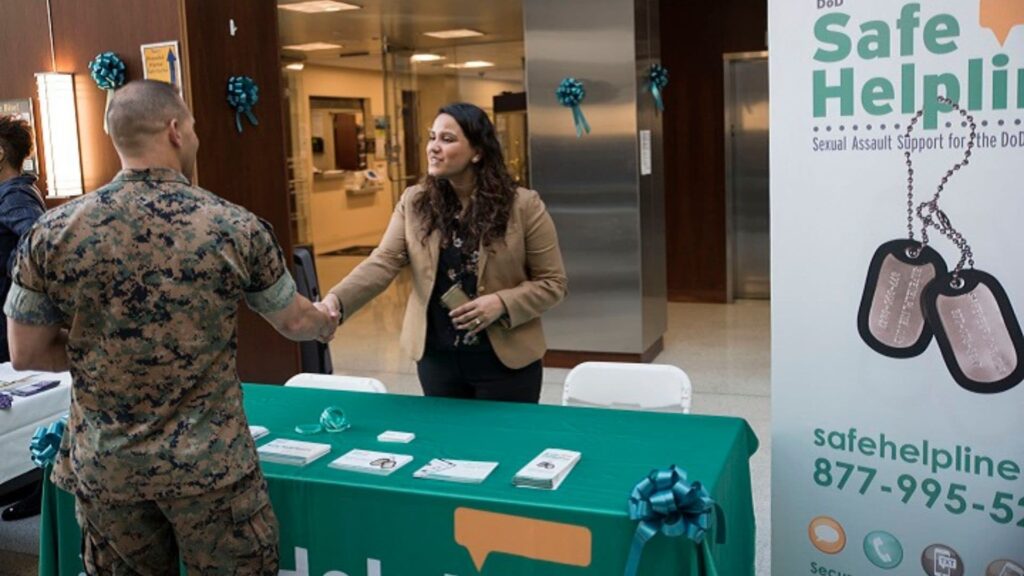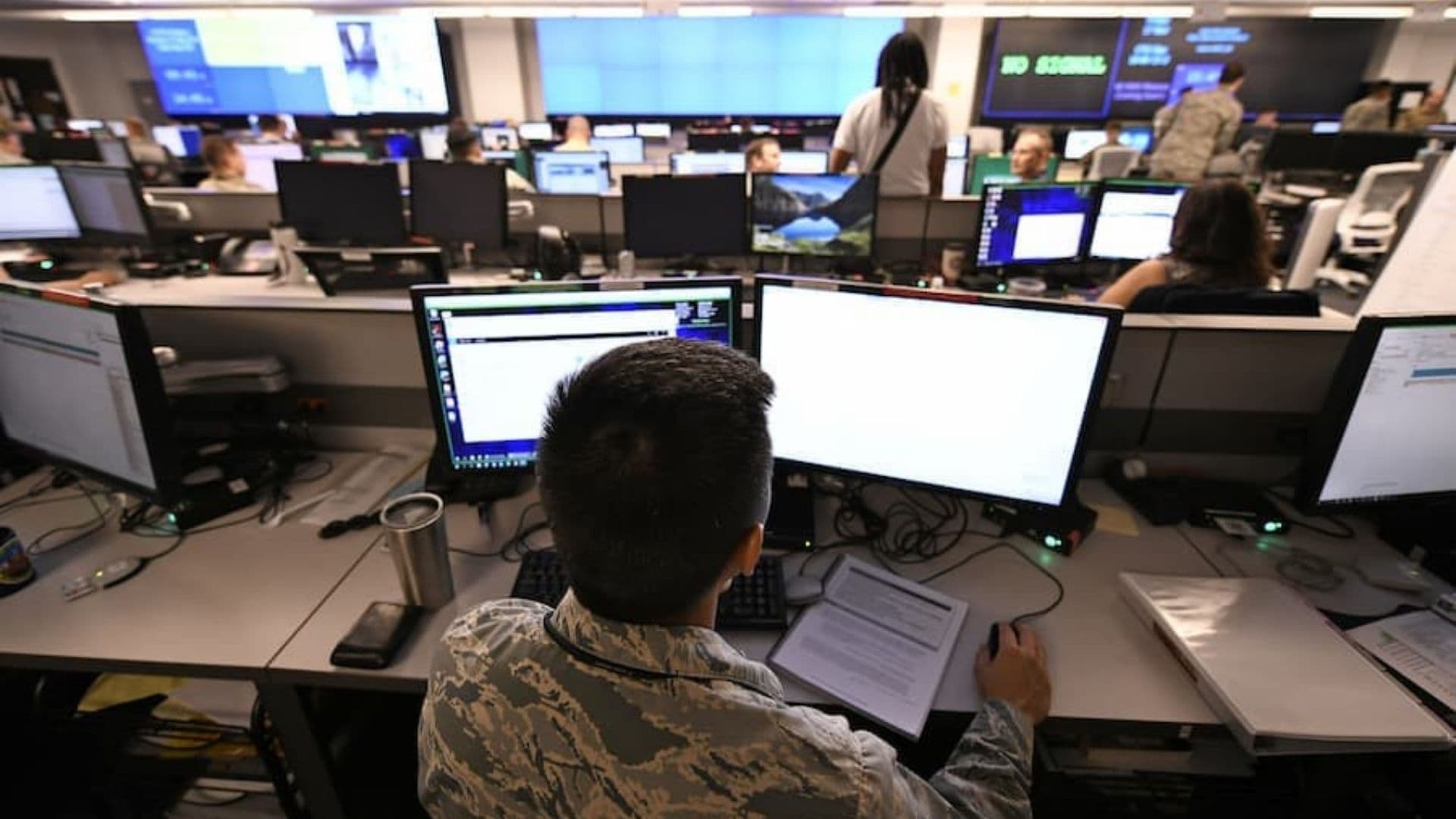DoD SAFE is a secure online file transfer system that allows military personnel and civilian contractors to share large files. It uses a NIPRNet network to protect sensitive information and requires users to use a DoD-approved digital certificate. It can be difficult for contractors to access DoD SAFE, especially since it requires a Common Access Card (CAC). Fortunately, there are alternatives that offer the same level of security and are easier to use.
In order to access DOD SAFE, users must have a Common Access Card (CAC). This small chip contains up to 144K of data and acts as a user authentication device. The process of obtaining a CAC can be time-consuming, and it is only available to a limited number of employees. In addition, employees with a CAC may leave an organization at any time, which can cause problems for organizations using DOD SAFE.
Fortunately, there are many alternatives to DOD SAFE that offer similar security measures without the hassle of obtaining a CAC. This service is only available to DoD and U.S. military employees, and third-party contractors must use a different option for file transfers. It is important to note that DOD SAFE is not intended for the transfer of time-sensitive documents, so if you need to send a file on a deadline, it is best to use another option.

DOD SAFE Advantages
The DOD SAFE website is easy to navigate and provides useful information for users, including a user guide. It also offers several features to improve the user experience, such as viewing expired drop-offs and selecting a subset of files for downloading. The DOD SAFE site is free to use and can be accessed from a desktop or mobile device.
DOD SAFE can store and delete files after they are complete, which can save time for recipients. The site also provides package-level encryption that prevents unauthorized users from reading your data in transit and at rest. DOD SAFE can help you save a lot of time and effort by transferring large files over the internet. You can also find helpful tips on how to use the service at the Army Knowledge website.
DoD SAFE also includes an online hotline for sexual assault survivors that is available 24/7. Its trained staff can provide one-on-one support and connect survivors to local resources and assistance. DoD SAPRO and partners with the national anti-sexual violence organization Rape Abuse and Incest National Network operate the hotline.
DOD SAFE Limitations
Although DOD SAFE is an improvement over the AMRDEC system, it still has some limitations. DoD SAFE has limitations that can make it difficult to use. For example, it only supports up to 8 GB of files, and users must have a CAC to upload and download files. Getting a CAC can be a time-consuming and costly process, and it can be challenging for third-party contractors who work with the government.
DoD SAFE is an ideal tool for transferring large files, but it isn’t the only option. There are other services that offer similar functionality, but they may have more limited features. For example, many private email providers allow you to send and receive files up to 25 MB at a time, and some of them even offer a free service for military and government members.
For these reasons, some organizations have turned to other secure file transfer services, such as FTP Today. These services offer similar security measures to DoD SAFE, but they are easier to use and can be accessed by contractors.

Common DOD SAFE Problems
While DOD SAFE (Department of Defense Secure Access File Exchange) is designed to provide secure file transfer capabilities, users may encounter some common problems when using the system. Here are a few examples:
- Users may face difficulties during the authentication process, such as forgetting login credentials or encountering multi-factor authentication (MFA) issues. In such cases, users may need to reset their passwords or contact the appropriate support channels for assistance.
- DOD SAFE imposes restrictions on the maximum file size that can be transferred. If a file exceeds the specified limit, users may need to compress or split the file into smaller parts before uploading it. This can be a challenge for users who frequently deal with large files.
- Depending on the network conditions, users may experience slow upload or download speeds when transferring files through DOD SAFE. This can be frustrating, particularly when dealing with large files or time-sensitive information. It is advisable to check the network connection and ensure optimal conditions for file transfer.
- DOD SAFE may have specific file types and format requirements. If a file does not meet the required specifications, users may encounter compatibility issues when attempting to upload or download the file. Reviewing the supported file types and ensuring compliance before initiating transfers is crucial.
- DOD SAFE typically sets an expiration period for files shared through the system. Users who fail to download the files within the specified timeframe may no longer have access to them. This can result in data loss or the need to request the sender to re-upload the files.
- Some users may find the user interface of DOD SAFE to be complex or not intuitive. Navigating through the system, locating specific options, or understanding the workflow can be challenging, especially for new users. Adequate training and familiarity with the system can help mitigate these challenges.
- DOD SAFE may experience occasional downtime like any online service due to network maintenance, upgrades, or technical issues. During such periods, users may be unable to access or transfer files, causing delays in file-sharing activities.
